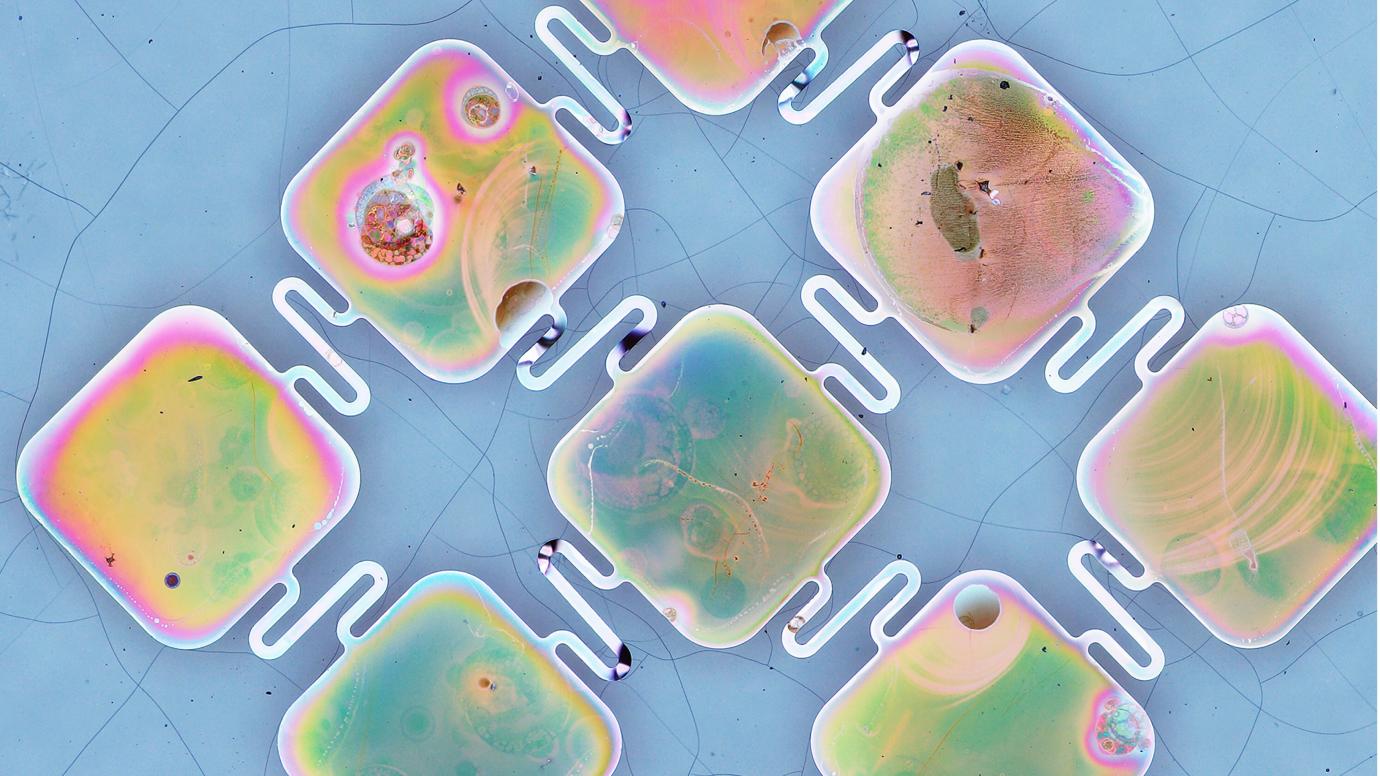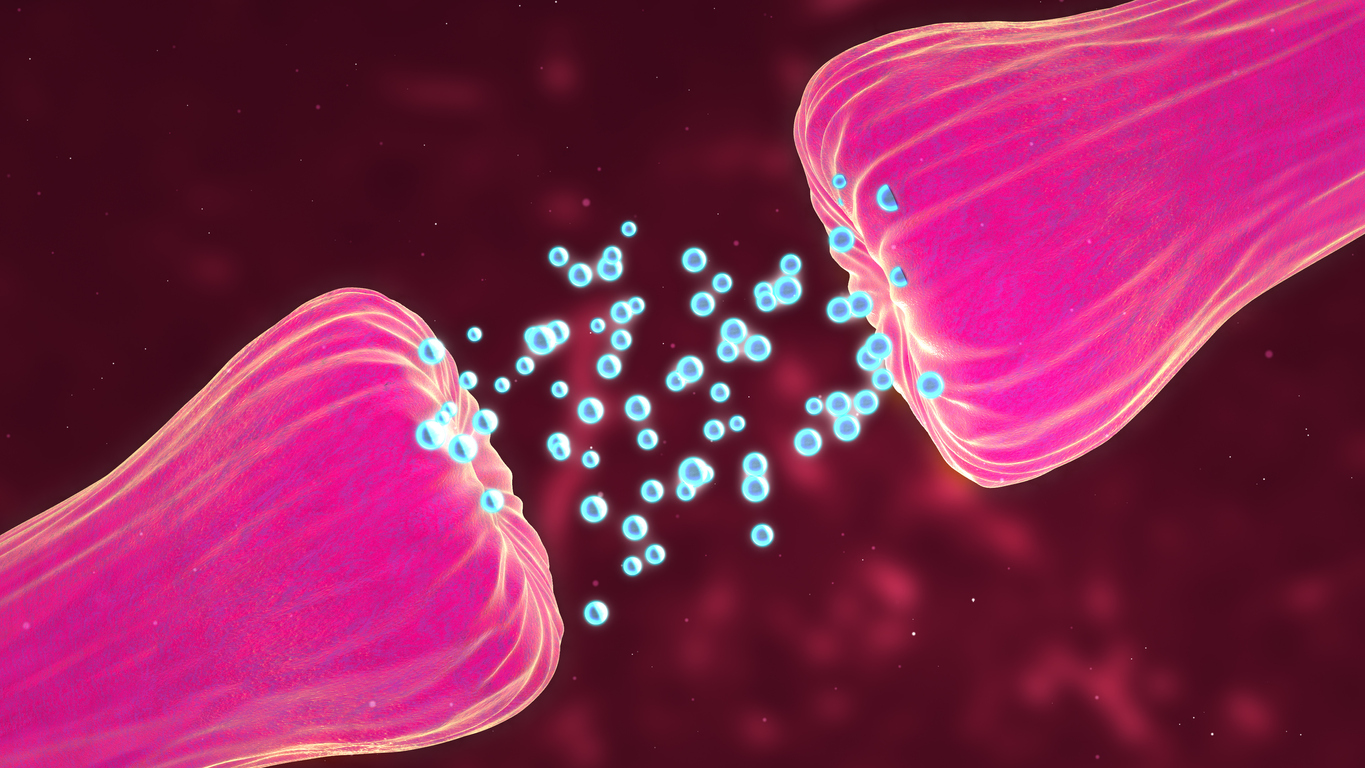Despite its high energy density and potential to be integrated with different sources of electricity to enable larger-scale energy storage, lithium carbonate’s price has reached an all-time high.
The price is growing as a result of supply chain restrictions caused by the pandemic, increased demand from corporations, and the crisis between Russia and Ukraine. Furthermore, many national governments are hesitant to grant authorization for lithium mining development due to the high environmental costs and potential for human rights breaches.
The University of Houston proposes a solid-state sodium-sulfur battery technology that can function at room temperature as a viable option to lithium-based battery technology for grid-level energy storage systems in a new study published in Nature Communications. Governments and businesses all over the world are looking for viable energy storage technologies to help with the transition to renewable energy.
The perfect battery?
New solid electrolytes for all-solid sodium batteries must be low-cost, easy to make, and have amazing mechanical and chemical stability, according to Yao, who is also the chief investigator of the University of Houston’s Texas Center for Superconductivity (TcSUH). Currently, no sodium solid electrolyte satisfies all four of these requirements simultaneously.
The researchers developed a novel oxysulfide glass electrolyte that meets all of these criteria. Using a technique known as high-energy ball milling, the electrolytes were generated at room temperature.
According to Ye Zhang, a research associate in Yao’s group, the oxysulfide glass has a specific microstructure that leads to a perfectly homogeneous glass structure. To execute sodium plating and stripping in a reversible way, a solid electrolyte must be present. This is accomplished by producing a self-passivating interphase between the sodium metal and the electrolyte at the contact.
Because a sulphide electrolyte is used as the electrolyte medium, consistent plating and stripping of sodium metal has proven difficult.
The research achieved the highest critical current density among all Na-ion conducting sulfide-based solid electrolytes and enabling high-performance sodium-sulfur batteries at ambient temperature.
The novel structural and compositional design represents a paradigm shift in the manufacturing of safe, low-cost, energy-dense, and long-lasting solid-state sodium batteries, according to Zhang.
Story Source: Original press release by University of Houston. Note: Content may be edited for style and length by Scible News.
References
Xiaowei Chi, Ye Zhang, Fang Hao, Steven Kmiec, Hui Dong, Rong Xu, Kejie Zhao, Qing Ai, Tanguy Terlier, Liang Wang, Lihong Zhao, Liqun Guo, Jun Lou, Huolin L. Xin, Steve W. Martin, Yan Yao. An electrochemically stable homogeneous glassy electrolyte formed at room temperature for all-solid-state sodium batteries. Nature Communications, 2022; 13 (1) DOI: 10.1038/s41467-022-30517-y








